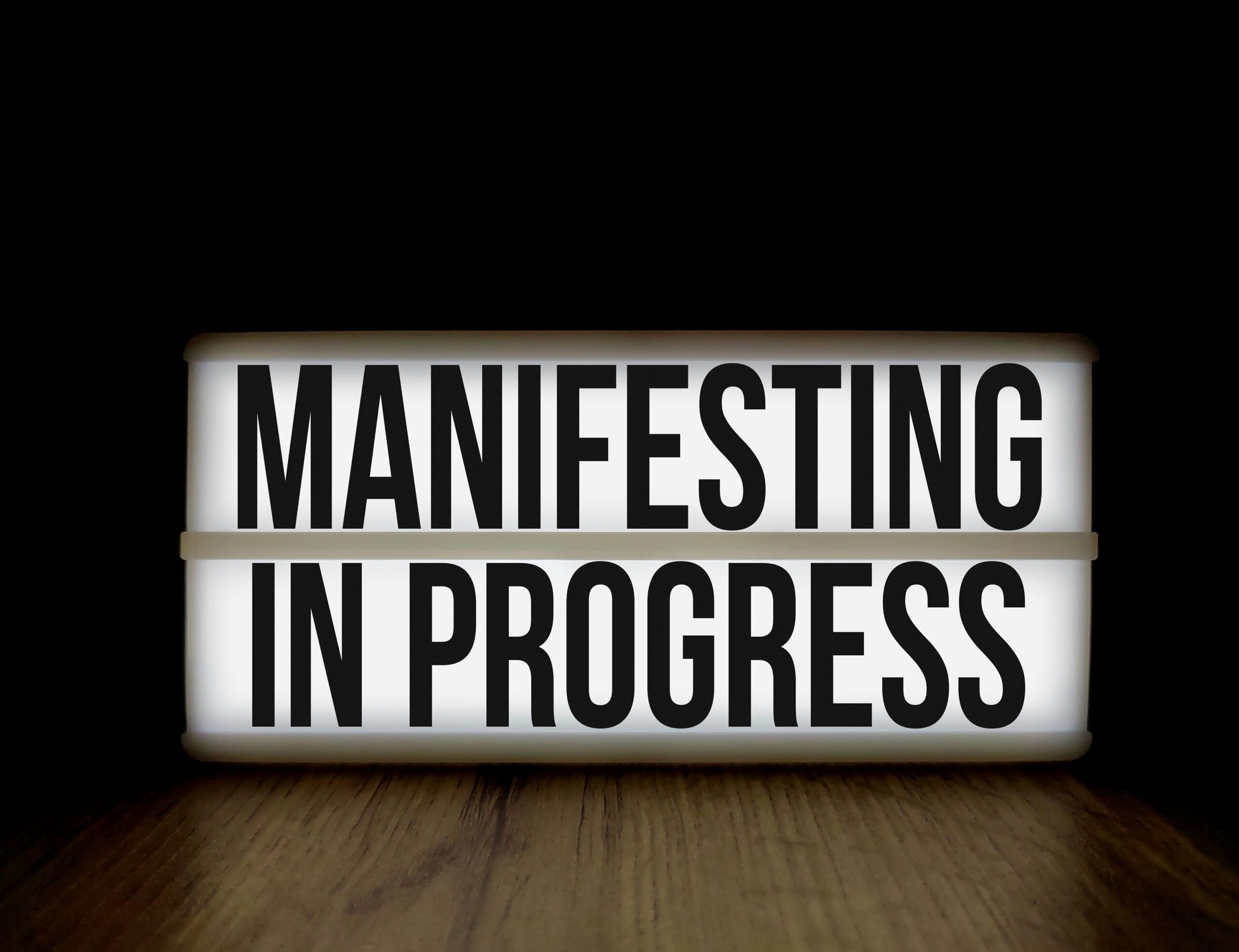Your financial identity shapes more than your bank balance—it defines how you perceive possibilities, take risks, and ultimately achieve personal fulfillment.
💰 The Hidden Connection Between Money and Self-Discovery
Most people view finances as a separate compartment of life—something to manage on weekends or stress about during tax season. However, your relationship with money represents far more than transactions and spreadsheets. It’s a mirror reflecting your deepest values, fears, ambitions, and self-worth. Understanding this connection opens a transformative pathway to self-actualization that most personal development approaches overlook.
Financial identity encompasses the beliefs, behaviors, and emotional patterns you’ve developed around money throughout your lifetime. These patterns often form during childhood, influenced by family dynamics, cultural messages, and early experiences with scarcity or abundance. By the time you reach adulthood, these patterns operate automatically, influencing major life decisions without conscious awareness.
The journey toward self-actualization—becoming the fullest expression of who you can be—requires examining every dimension of your identity. Financial identity sits at the intersection of survival needs and aspirational goals, making it uniquely powerful. When you transform your relationship with money, you simultaneously unlock potential across all life domains: relationships, creativity, purpose, and personal growth.
🔍 Decoding Your Financial Identity Blueprint
Before harnessing your financial identity for growth, you must first understand its current architecture. This blueprint was constructed over years, layer by layer, often without your conscious participation. Recognizing these foundational elements helps you identify which serve your highest potential and which limit your possibilities.
The Money Scripts Running Your Life
Psychologists have identified recurring “money scripts”—unconscious beliefs that drive financial behaviors. These scripts typically fall into four categories: money avoidance, money worship, money status, and money vigilance. Each carries both strengths and limitations that affect how you pursue self-actualization.
Money avoidance scripts suggest that wealth is corrupting or that you don’t deserve financial success. People with these beliefs may self-sabotage opportunities or feel guilty about financial achievements. Money worship scripts equate net worth with self-worth, creating an endless chase for external validation. Money status scripts link financial success to social standing, driving competition rather than authentic purpose. Money vigilance scripts promote cautious, anxious relationships with finances, sometimes preventing justified risks.
Identifying your dominant money script provides clarity about why certain financial decisions feel comfortable while others create anxiety. This awareness represents the first step toward intentional change.
Emotional Patterns and Financial Triggers
Your financial identity includes powerful emotional patterns activated by specific situations. Perhaps receiving bills triggers shame. Maybe financial conversations with partners spark defensiveness. Watching successful peers might evoke envy or inspiration depending on your underlying scripts.
These emotional reactions aren’t character flaws—they’re information. They reveal where your financial identity conflicts with your aspirations. A person striving for entrepreneurial freedom who feels intense anxiety about irregular income has discovered a tension point requiring resolution. Someone pursuing creative fulfillment who feels guilty spending money on artistic materials has identified a belief system blocking self-actualization.
Tracking these emotional patterns through journaling or mindful observation creates a map of your financial identity landscape. This map shows exactly where growth work needs to happen.
🌱 Aligning Financial Decisions with Core Values
Self-actualization requires living in alignment with your authentic values rather than inherited expectations or cultural prescriptions. Your financial identity becomes a powerful tool for self-actualization when spending, earning, saving, and investing decisions reflect what genuinely matters to you.
Many people discover they’re financing lifestyles that don’t align with their actual priorities. They maintain expensive housing to impress others while sacrificing time with family. They accumulate possessions while their true passion requires experiences or education. They chase high-paying careers in fields they find meaningless while their calling remains unfunded.
The Values-Based Financial Framework
Creating alignment starts with clarifying your core values—the principles that make life meaningful. Common values include family connection, creative expression, personal growth, contribution, adventure, security, autonomy, and community. Your unique combination creates your individual values hierarchy.
Next, audit your current financial reality against these values. Where does money flow most readily? Where do you feel resistant to spending? Are your largest expenses supporting your highest values or working against them? This audit often reveals surprising disconnections.
A person who deeply values autonomy but maintains expensive obligations requiring constant high income has created a self-imposed trap. Someone who prioritizes family but works excessive hours for career advancement faces a values conflict. Recognizing these misalignments isn’t about judgment—it’s about creating awareness that enables change.
Realignment involves gradually restructuring your financial life to support rather than undermine your values. This might mean downsizing to reduce earning pressure, investing in education that serves your purpose, or allocating resources toward experiences rather than possessions. Each realignment decision strengthens the connection between your financial identity and your authentic self.
🚀 Financial Capability as Personal Power
Self-actualization requires not just clarity about values but also capability to manifest them. Financial literacy and management skills directly translate to personal power—the ability to create the conditions for your own flourishing.
Many people remain stuck in unfulfilling situations because they lack financial knowledge or skills. They tolerate toxic work environments because they haven’t built emergency savings. They postpone passion projects because they don’t understand funding options. They feel powerless about retirement because investment concepts seem mysterious.
Building Your Financial Competence Stack
Financial capability spans multiple domains, each contributing to your overall sense of agency and possibility. Basic competencies include budgeting, debt management, saving strategies, and expense tracking. Intermediate skills involve understanding credit, insurance, tax optimization, and basic investing. Advanced capabilities include strategic asset allocation, business finance, negotiation, and wealth protection.
Rather than viewing financial education as tedious obligation, reframe it as personal empowerment. Each new skill expands your option space—the range of possible futures available to you. Learning about passive income creates possibilities for time freedom. Understanding business finance opens entrepreneurial pathways. Mastering investment principles builds confidence about long-term security.
Numerous apps and platforms now make financial education accessible and even engaging. Personal finance management tools help track spending patterns and identify optimization opportunities. Investment platforms offer educational resources alongside practical experience. Budgeting applications transform abstract numbers into visual stories about your financial life.
The Confidence-Capability Feedback Loop
Financial competence creates a positive feedback loop accelerating self-actualization. As you develop skills, confidence grows. Increased confidence leads to better decisions. Better decisions produce improved outcomes. Improved outcomes reinforce both confidence and motivation to develop further skills.
This feedback loop explains why some people seem to effortlessly manifest their potential while others remain perpetually stuck. The difference often isn’t talent or opportunity but rather the foundational financial capability enabling them to recognize and act on possibilities.
Building this capability doesn’t require becoming a financial expert overnight. Small, consistent improvements compound dramatically over time. Mastering one aspect of your finances—perhaps automating savings or negotiating a salary increase—creates momentum that naturally extends to other areas.
💡 Reframing Scarcity Into Strategic Resourcefulness
The path to self-actualization rarely follows a straight, abundantly funded line. Most people face financial constraints while pursuing their potential. Your financial identity determines whether these constraints become insurmountable obstacles or catalysts for creative problem-solving.
A scarcity mindset views limited resources as evidence of personal inadequacy or impossible barriers. This perspective drains energy, narrows focus, and triggers stress responses that impair decision-making. Conversely, a resourcefulness mindset sees constraints as design parameters that focus creativity and innovation.
Constraints as Creative Catalysts
Many breakthrough innovations emerged from resource constraints rather than abundance. Limited budgets force prioritization of what truly matters. Restricted access to traditional paths encourages unconventional approaches. Financial pressure tests commitment and refines purpose.
Transforming your financial identity to embrace strategic resourcefulness involves several mindset shifts. Instead of asking “Can I afford this?” ask “How could I fund what matters most?” Rather than viewing limited income as permanent reality, see it as current circumstance subject to creative intervention. Replace either-or thinking with both-and exploration: “How might I maintain security AND pursue this opportunity?”
This reframing doesn’t ignore genuine financial hardship or promote toxic positivity. It acknowledges constraints while refusing to let them define your entire identity or future. Some of history’s most self-actualized individuals—artists, entrepreneurs, activists, innovators—achieved their potential despite significant financial limitations by developing extraordinary resourcefulness.
🎯 Strategic Risk-Taking and Calculated Courage
Self-actualization inherently involves risk. Pursuing authentic potential means leaving familiar territory, trying untested approaches, and potentially failing. Your financial identity shapes your capacity for the calculated courage required to reach your highest possibilities.
Risk tolerance varies tremendously across individuals, influenced by personality, experience, life stage, and—crucially—financial identity. Someone with deep-seated money anxiety may perceive moderate risks as existential threats. Another person with unrealistic money worship beliefs might take reckless risks chasing validation.
Developing Intelligent Risk Assessment
Effective risk-taking for self-actualization requires neither recklessness nor excessive caution but rather intelligent assessment calibrated to your actual situation and authentic goals. This involves distinguishing between different types of risk: financial, reputational, relational, and opportunity cost.
Some risks genuinely threaten your foundation—gambling retirement savings or accumulating predatory debt. These warrant extreme caution. Other perceived risks merely feel uncomfortable because they challenge inherited money scripts—leaving a stable job to pursue meaningful work, investing in personal development, or starting a side business.
Building a financial foundation specifically enables strategic risk-taking. Emergency savings create cushion for career transitions. Diversified income streams reduce dependence on any single source. Modest lifestyle expenses provide flexibility during uncertainty. These financial structures don’t eliminate risk but make it manageable.
Your financial identity evolves as you successfully navigate calculated risks. Each time you take an intelligent risk and survive—or even thrive—your identity expands. You develop evidence-based confidence rather than either fear-based paralysis or delusional invincibility.
🌟 Generosity as Self-Actualization Practice
One of the most counterintuitive aspects of financial identity transformation involves giving. Self-actualization includes transcending pure self-interest to contribute meaningfully to others and the broader world. How you give—or don’t—reveals and shapes your financial identity.
Many people wait to give until achieving complete financial security—a threshold that perpetually recedes. Others give compulsively from a place of guilt or people-pleasing, depleting themselves. Both patterns reflect unexamined financial identities that limit potential.
Strategic Generosity and Abundance Mindset
Giving from authentic abundance—even modest abundance—reinforces an identity of sufficiency rather than scarcity. It demonstrates to yourself that you have enough to share, shifting from a survival mentality to a thriving orientation. This psychological shift opens creative capacity and expands your sense of possibility.
Strategic generosity aligns giving with your values and vision of impact. Rather than random charity, it involves intentional contribution to causes and communities that matter to you. This creates meaning and connection, both essential components of self-actualization.
Importantly, generosity extends beyond money to include time, skills, attention, and knowledge. Offering mentorship, volunteering expertise, or sharing hard-won wisdom represents giving that simultaneously serves others and reinforces your own abundance identity. These acts strengthen your sense of capability and purpose.
🔄 The Continuous Evolution of Financial Identity
Harnessing financial identity for self-actualization isn’t a one-time achievement but an ongoing practice. As you grow and circumstances change, your financial identity must evolve correspondingly. Static financial identities that once served you may eventually constrain your expanding potential.
Regular reflection and recalibration keep your financial identity aligned with your developing self. Annual reviews of spending patterns, savings strategies, income sources, and investment approaches ensure your financial life supports rather than undermines your current values and aspirations. Life transitions—career changes, relationships, relocations, new responsibilities—all warrant financial identity reassessment.
Embracing Financial Identity as Dynamic Practice
Viewing financial identity as dynamic rather than fixed reduces shame around past mistakes and creates openness to continuous learning. Yesterday’s financial decisions reflected yesterday’s awareness, resources, and circumstances. Today offers new choices aligned with expanded understanding and capability.
This growth orientation extends to setbacks and failures. Financial mistakes become learning opportunities rather than character indictments. Budget shortfalls reveal planning gaps to address. Investment losses teach risk assessment. Impulse purchases highlight emotional patterns requiring attention. Each challenge provides information for refining your financial identity.
Community and support accelerate financial identity evolution. Conversations with others on similar journeys normalize struggles, share strategies, and inspire continued growth. Whether through formal coaching, peer groups, or trusted relationships, external perspectives help identify blind spots and celebrate progress.

✨ Integration: From Financial Identity to Actualized Life
The ultimate purpose of transforming your financial identity isn’t accumulating wealth—it’s creating the conditions for expressing your fullest potential. Money becomes a tool for self-actualization rather than an end goal or perpetual source of anxiety.
This integration manifests in concrete ways. You make career decisions based on meaning and growth rather than purely compensation. You fund experiences and development that expand your capabilities and perspective. You maintain relationships based on authentic connection rather than financial positioning. You pursue creative projects and contributions regardless of immediate monetary return.
Your financial identity transforms from limitation to liberation. Instead of constant worry about having enough, you develop confidence in your resourcefulness. Rather than feeling controlled by money, you experience it as responsive to your intentions. Instead of comparing your financial situation to others, you focus on aligning resources with your unique path.
This doesn’t mean achieving perfect financial security or eliminating all money stress—both impossible standards. It means developing a mature, flexible, values-aligned relationship with money that supports rather than sabotages your journey toward becoming your fullest self.
The work of transforming financial identity for self-actualization requires patience, compassion, and persistence. Inherited scripts run deep. Behavioral patterns resist change. Old fears resurface during challenges. But each small step—increased awareness, better decision, aligned choice, calculated risk—compounds into profound transformation over time.
Your true potential waits not in some distant future of perfect financial circumstances but in the present moment where you choose to align your financial identity with your authentic values, develop your capabilities, embrace strategic resourcefulness, and use money as a tool for meaningful contribution. This alignment unlocks possibilities you couldn’t previously imagine, creating a life that reflects not who you’re supposed to be but who you genuinely are and might become.
Toni Santos is a personal growth strategist and wealth alignment researcher dedicated to helping people connect mindset, habits, and money with purpose. With a focus on abundance psychology and intentional living, Toni explores how beliefs, behavior, and clarity turn goals into sustainable prosperity. Fascinated by financial psychology and high-performance routines, Toni’s journey bridges coaching, behavioral science, and practical frameworks. Each guide he shares is an invitation to design a life by intention—where daily actions align with values, and values align with long-term wealth. Blending mindset work, habit design, and evidence-based strategy, Toni studies how identity shifts, focus systems, and disciplined execution create compounding results. His work champions the idea that true abundance is built from the inside out—through awareness, alignment, and consistent action. His work is a tribute to: An abundance mindset grounded in gratitude, vision, and responsibility Financial psychology that transforms behavior into smart decisions Goal-oriented living powered by clear systems and repeatable habits Whether you’re redefining success, aligning money with meaning, or building habits that last, Toni Santos invites you to grow with intention—one belief, one plan, one aligned step at a time.




